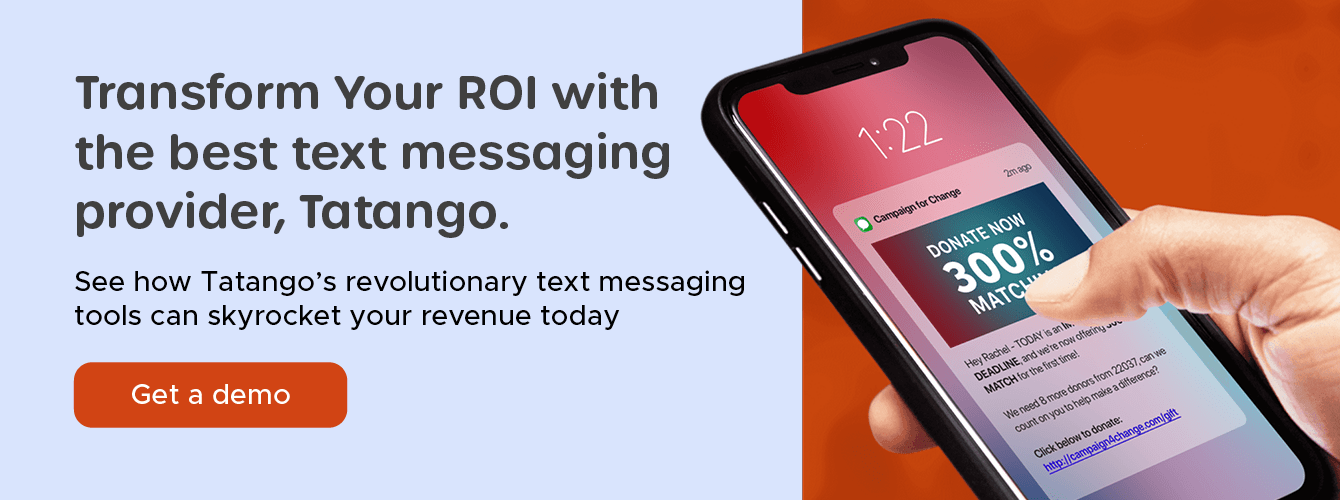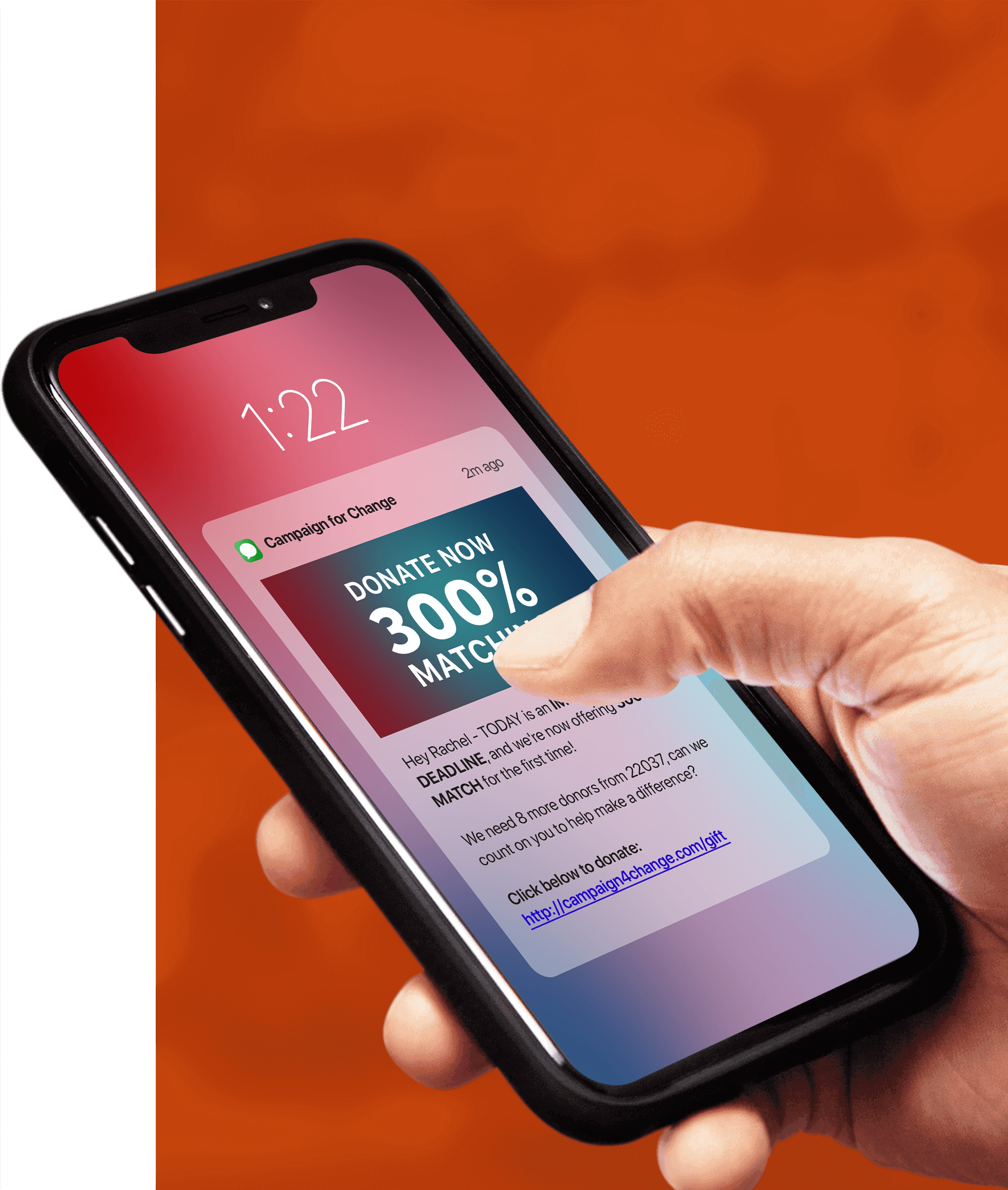
Whether you’re a nonprofit professional, business owner, or political campaign planner, you understand that your stakeholders have busy lives, and keeping them engaged can be challenging. You may have tried to leverage digital channels like email to reach your supporters, but competing to be seen amongst the hundreds of emails the average adult receives in a week can feel overwhelming.
But what if there was a way you could avoid the spam folder and maximize open and read rates?
That’s where SMS communication comes in. Your nonprofit or business can use it to reach your stakeholders wherever they are, whenever you please. In fact, the average mobile user checks for text alerts up to 344 times per day!
To get started with text messaging, you’ll need to understand the ins and outs of short codes. Our ultimate guide will set your organization up for success by covering:
- SMS Statistics to Keep on Your Radar
- SMS Short Codes FAQ
- Dos and Don’ts of SMS Short Codes
- How to Get Started with SMS Short Codes
Whether you’re using SMS messaging to organize a text-to-give campaign or communicate with potential customers, you can unlock your full potential with inspiring texts that resonate and convert. Let’s dive in!
SMS Statistics to Keep on Your Radar
To highlight just how influential the SMS channel is for marketing, let’s take a look at some statistics:
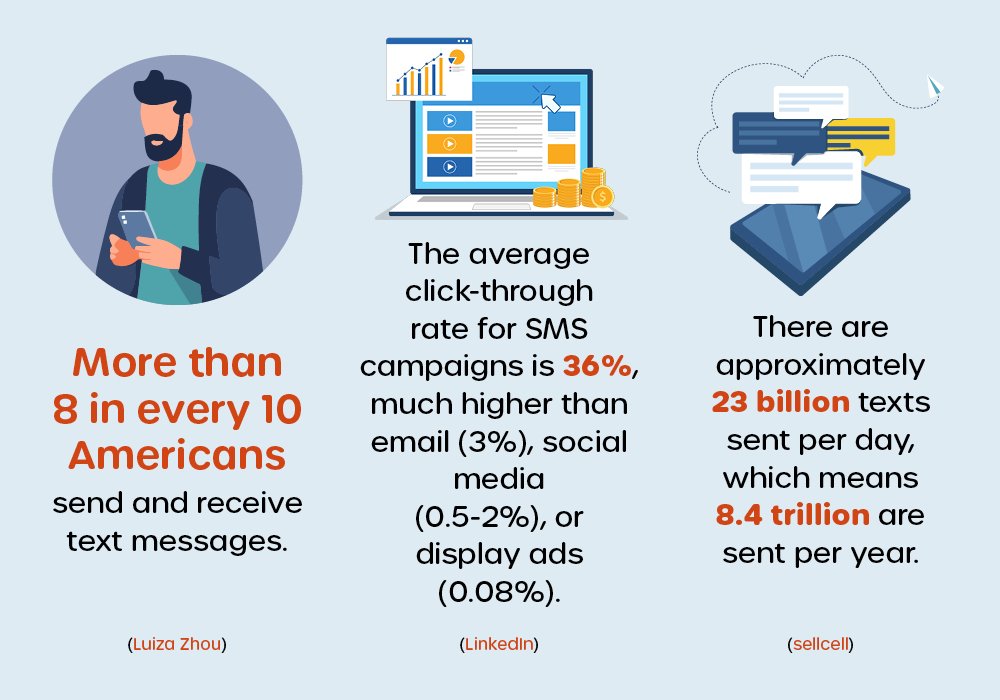
- More than 8 in every 10 Americans send and receive text messages.
- The average click-through rate for SMS campaigns is 36%, much higher than email (3%), social media (0.5-2%), or display ads (0.08%).
- There are approximately 23 billion texts sent per day, which means 8.4 trillion are sent per year.
In short, SMS can have an even greater reach than other popular digital marketing platforms, making it an ideal addition to your strategy.
SMS Short Codes FAQ
What is an SMS short code?
An SMS short code is a 5 to 6-digit phone number that allows an organization to communicate via text message with a stakeholder, whether it’s a donor, customer, or beneficiary.
There are two versions of a short code that are available:
1. Vanity short code: A vanity short code is a specifically chosen phone number (e.g. 007007, 411411, 12345, etc.).
2. Generic short code: A generic short code is chosen at random (e.g. 40851, 493573, 49930, etc.).
Vanity short codes tend to be easier for consumers to recall because they have a more cohesive set of numbers. For example, if you’re driving by a billboard and see a company’s short code, you’re more likely to recall a vanity short code because the numbers seem to go together. This makes it much easier to subscribe to the campaign because you can easily remember the catchy short code.
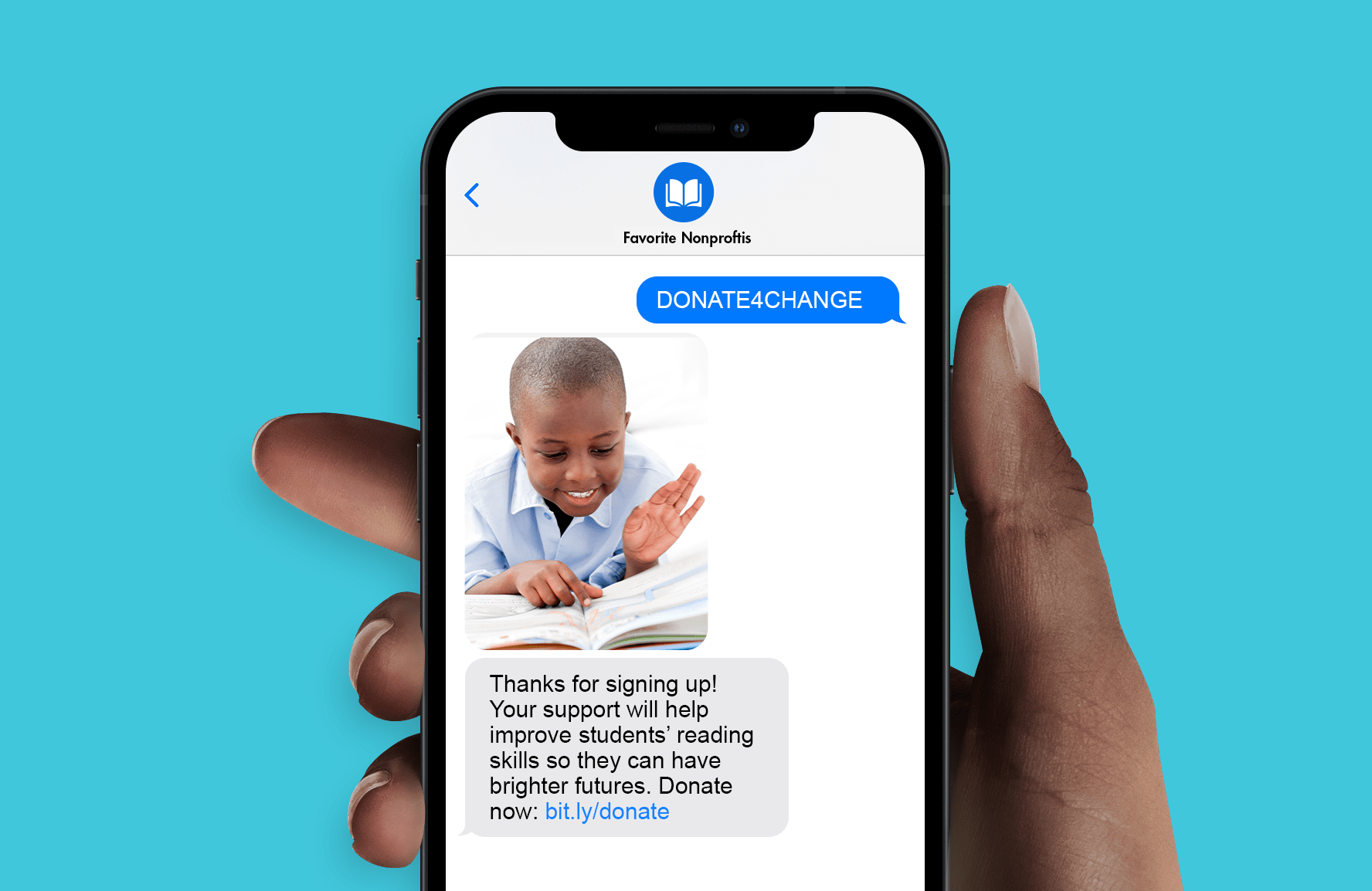
Where do you get an SMS short code?
You can obtain a short code from an organization called the Common Short Code Administration (CSCA). The CSCA is the only governing body that has short codes, and it can lease them to brands. However, rather than obtaining short codes on your own, which can feel overwhelming and confusing, you can partner with an SMS provider like Tatango to guide you through this process.
Learn more about obtaining SMS short codes with this video:
Why are SMS short codes beneficial?
Using SMS short codes offers organizations numerous advantages, such as:
- High open rates. SMS short codes are known to have upwards of a 99% open rate and a 90% read rate, which is far higher than any other digital marketing platform.
- User-friendly interface. SMS short codes are straightforward and user-friendly, even for audience members without tech experience. All they have to do is text a short keyword to your number and they’ll be connected to your organization.
- Predictable cost. The U.S. Common Short Code Administration leases SMS short codes to organizations at a flat rate: $1,000 monthly for a Select code (one you pick yourself) and $500 monthly for a Random code. This makes it easy for your organization to account for short codes in its marketing budget.
- Wide reach. A staggering 85% of the world’s population uses a mobile phone, meaning there’s a good chance your audience has the means to receive and respond to your messages.
- Real-time analytics. If you work with the right SMS software provider, you can easily track important metrics from your marketing stream, such as open rate, click-through rate, and opt-in rate.
- Personalization. SMS software allows you to add personal elements to each message, such as the recipient’s name and engagement history with your organization.
- Timeframe. With SMS short codes and the right text messaging provider, you can send 98,940 SMS messages per minute, making it simple for your organization to reach thousands of numbers and spread your messaging.
- Made for large-scale use. SMS short codes are made for businesses and mission-driven organizations that have many people to contact.
- More legitimate. SMS short codes reduce the risk of spam and help you build trust with your audience.
How do SMS short codes compare with other digital channels?
SMS short codes offer numerous unique advantages over other digital channels, such as:
- Open rate. SMS’ deliverability outperforms email with a 99% open rate, compared with email’s 22%.
- Speed. SMS messages are usually received and read within minutes of being sent. This makes them better for communicating time-sensitive messages.
- Memorability. Unlike full-length phone numbers or social media handles, short codes only require your audience to remember 5 or 6 digits and your keyword. If you make both of these values catchy and easy to memorize, you can prompt more signups.
- Personal feel. Texts tend to feel more casual and genuine than email communications, allowing your stakeholders to feel comfortable around your organization.
- Audience targeting. Since short codes are sent only to those who have opted in, you’ll have a more engaged and interested group to target.
- Accessibility. Unlike email and social media, SMS allows for direct engagement with your constituents. This means there’s no need to sift through tens to hundreds of messages to see your communication and wifi isn’t a requirement to view your texts.
SMS short codes stand out for their deliverability, genuine feel, and accessibility, making them a great addition to your digital outreach approach.
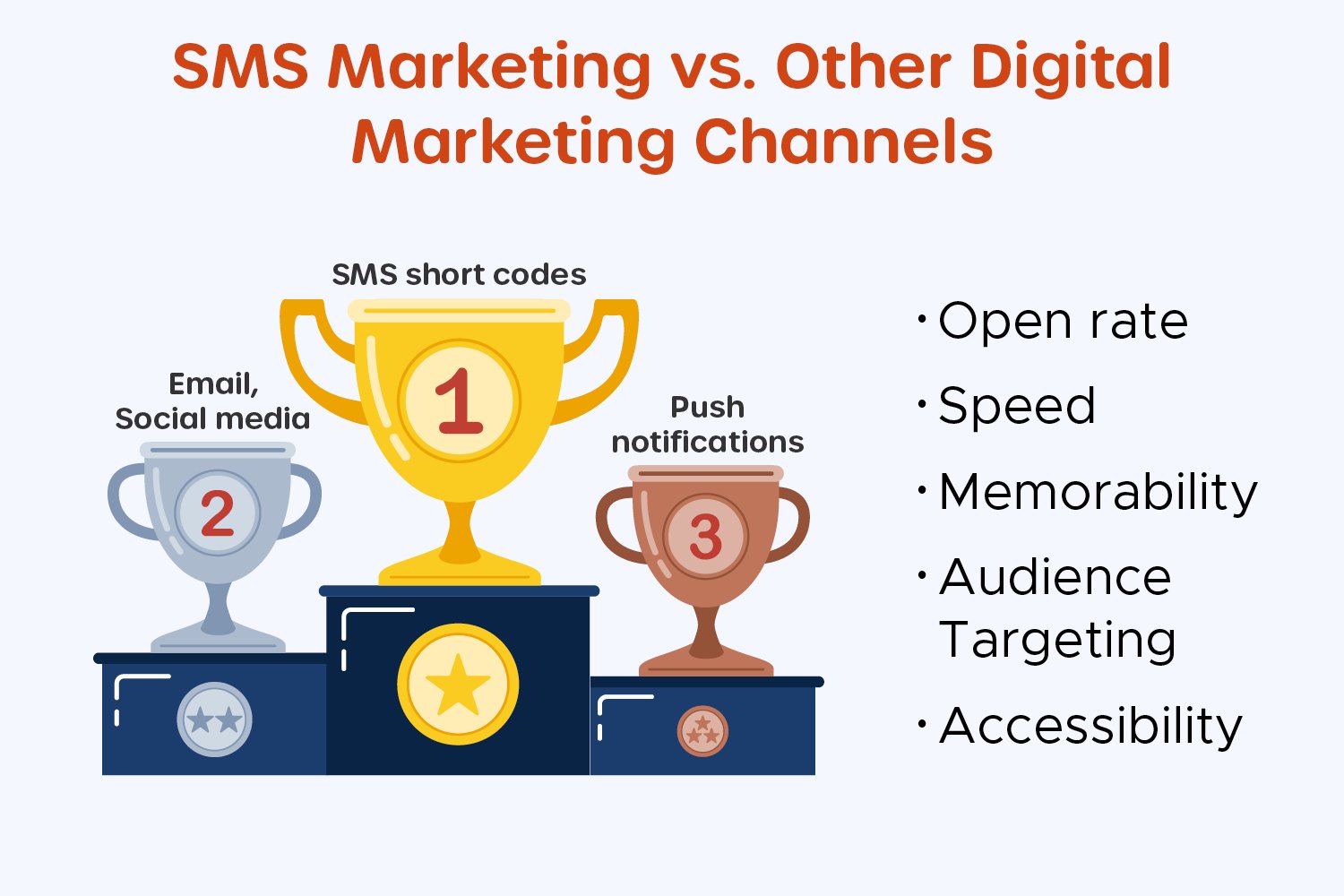
Which activities can SMS short codes help streamline?
Though SMS is usually considered a marketing tool, it can also be used to streamline other operations, such as:
- Stakeholder engagement. Easily keep in touch with donors and supporters with personalized text messages. Plus, they can respond in the same thread, adding an interactive element that many other platforms lack.
- Event management. Your events have many moving parts, so being able to communicate quickly with key players is crucial. SMS allows you to reach attendees and organizers wherever they are.
- Support. Part of stakeholder engagement is providing support, whether that’s giving customer service or answering questions about your mission. SMS is a convenient channel for your stakeholders to learn more about your organization’s offerings.
SMS short codes can transform your operations and help you achieve more across every level of your business.
Can my SMS software provider get an SMS short code for me?
Although some companies prefer to go directly to the U.S. Common Short Code Administration, it can be challenging. If your organization goes directly to the U.S. Short Code provider or Short Code Administration, you’ll have to figure out all of the requirements and set up an account yourself.
However, there’s an easier, faster alternative: working with an SMS aggregator, an SMS provider, or an SMS API provider to acquire the SMS short codes for you. The right partner will be well-versed in the process and know exactly how to fill out the required information. For example, our top pick Tatango knows how to work with the Common Short Code Administration to get the codes you want quickly.
What other types of SMS marketing options are there?
Besides short codes, you can also leverage mass messaging via SMS with 10DLC. This code has 10 digits and is often used for smaller nonprofit organizations or those needing to get their campaign up and running quickly. Short code is the best option for larger nonprofit organizations that need to reach their audiences in a short timeframe.
Are SMS short codes right for our organization?
If you’re considering adding SMS short codes to your marketing plan, there are several questions you should answer before making your final decision:
- What are our audience’s communication preferences? If your audience responds well to SMS over direct mail, for example, you should stick with what makes sense for your audience.
- How will SMS short codes factor into our existing marketing strategy? Short calls to action are better suited than detailed appeals for SMS messages, so note if this kind of communication makes sense for your marketing goals.
- What’s our allocated budget for SMS short codes? It’s easy to predict how much your SMS short codes will cost based on the U.S. Short Code Registry’s flat rates to lease them. Estimate which price point works best for your budget and needs.
- What legal regulations do we need to keep in mind? Research the legal regulations in place for SMS short codes, such as the Telephone Consumer Protection Act (TCPA). The right text messaging provider will ensure your SMS messaging is legally compliant and adheres to best practices.
- Will we need help getting set up? If your team is new to SMS marketing, you might feel overwhelmed by all of the moving parts you need to account for. To increase efficiency and streamline your operations, research text messaging providers that will handle the set-up process and then factor the cost of their services into your budget.
If you’ve determined that SMS would be a good fit for your organization, you can start transitioning into the implementation process. Keep the following factors in mind when setting up your SMS short codes:
Dos and Don’ts of SMS Short Codes
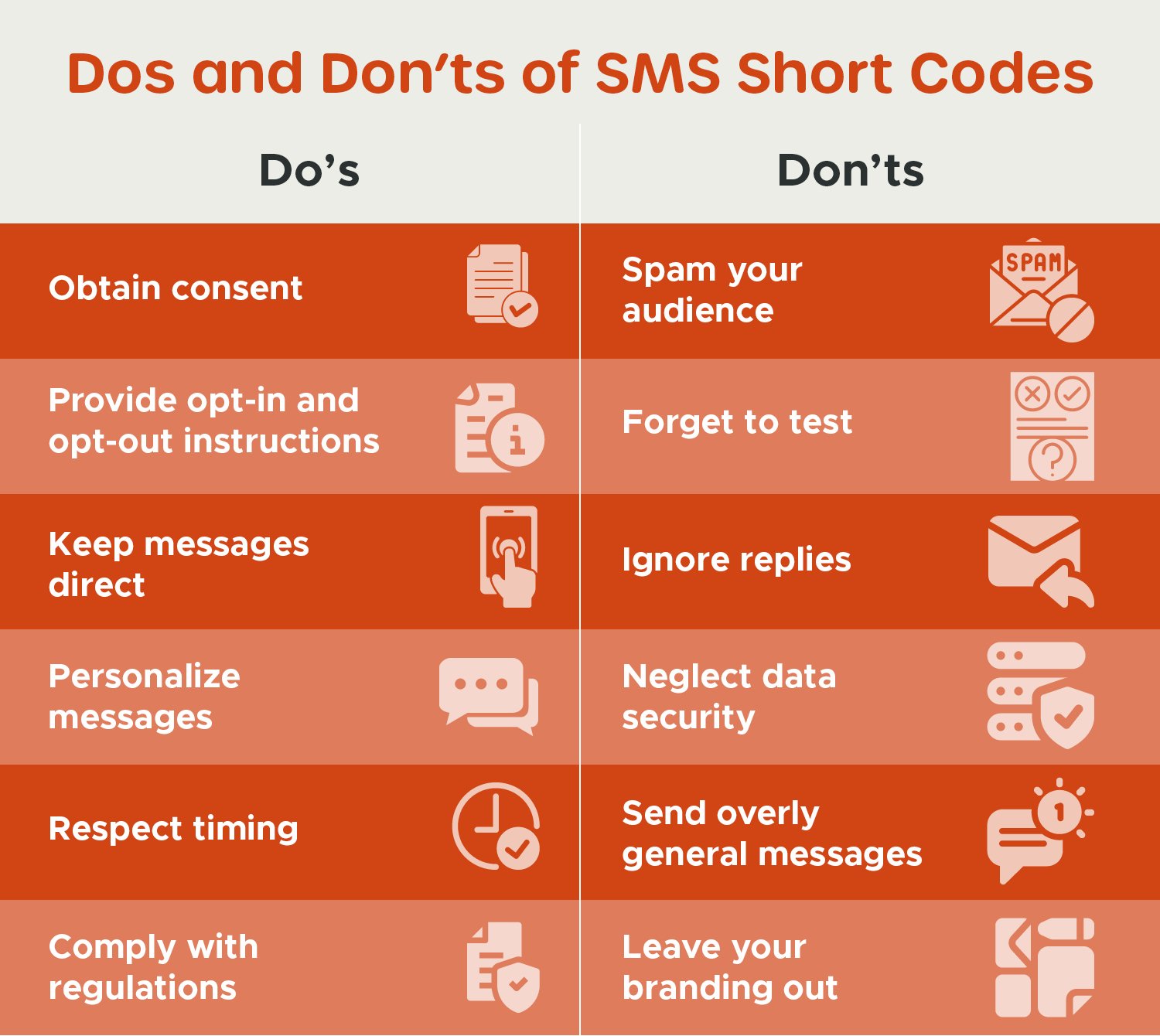
DO:
- Obtain consent: Securing permission to contact your stakeholders helps you maintain a positive relationship with them. Most organizations ask by prompting the recipient to respond with “YES” if they’d like to be opted in.
- Provide opt-in and opt-out instructions: Your organization not only needs to provide the option to opt in and opt out but also make it clear how to do so. For instance, you might include “Reply STOP to opt-out of all communications” at the end of your texts.
- Keep messages direct: Texts are made to convey short, direct, and impactful messages from your organization. For instance, your church could send a text that says “Your donation could change a life. Donate now!” with a link to your giving page.
- Personalize messages: Use your text message software to add personal details to your SMS message. This makes your stakeholders feel more connected to your organization.
- Respect timing: Just as you wouldn’t want to answer a phone call at an inconvenient time, your stakeholders won’t want to be contacted in the middle of the night or on a holiday.
- Comply with regulations: The TCPA requires organizations to communicate with stakeholders via SMS to obtain consent.
DON’T:
- Spam your audience: Sending messages at a steady pace can help reduce opt-out requests.
- Forget to test: It’ll likely take your organization time to cultivate the ideal SMS marketing strategy. Test out different keywords and messaging tactics to find the approach that works best for you. With the right text messaging provider, you can A/B test up to four different variations of a text message at once.
- Ignore replies: Make your SMS message stream as interactive as possible by responding to stakeholders when they reply to your texts.
- Neglect data security: Building and maintaining your supporters’ trust is crucial, and keeping their personal information safe plays a big role. Ensure all of your text messaging software aligns with PCI regulations and other data protection best practices.
- Send overly general messages: Each text message should have a clear purpose. For example, you might write “Donate $10 to our GivingTuesday campaign to advance our ocean clean-up efforts!” instead of just saying “Support us.”
- Leave your branding out: Ensure that each of your communications is attributable to your organization’s brand. You might include visuals that show your organization’s purpose or values or incorporate your organization’s initials into your keyword, for example.
Like any other marketing strategy, it might take some trial and error to hone your SMS short code strategy. However, taking these tips into account puts you in a good position to create results you can count on.
How to Get Started with SMS Short Codes
Obtaining a short code is simply the first step in your SMS marketing journey. Once you have the code, follow these steps to get set up:
- Get your short code approved by wireless carriers. The short code approval process requires an application and usually takes a few weeks to go through. Partner with a team like Tatango and they will walk you through every step of the way.
- Host the short code. Hosting involves leasing the short code and integrating it with your chosen SMS provider.
- Ensure your SMS short code works. Send some test text messages to ensure your gateway functions correctly.
- Collect engagement data. As you start testing and fine-tuning your SMS messages, monitor performance metrics so you can understand what works and what needs improvement.
Backed by the right SMS provider, you can effectively kickstart your text messaging strategy, deepen relationships with your audience, and boost your ROI.
Wrapping Up + Additional Resources
Whether you’re a higher education professional trying to boost alumni donations or a business looking to grow its reach, SMS short codes can completely transform the way you conduct outreach. Plus, by working with a text messaging software provider, you can get set up, make an impact, and improve your cadences in no time.
Want to learn more about SMS communications? Check out these resources:
- A Complete Guide to Nonprofit Text Messaging Campaigns. Need help navigating the text-to-give world as a nonprofit? This guide will help you launch your efforts with confidence.
- A Complete Guide to Text-to-Give for Nonprofit Organizations. Text-to-give is a powerful way for nonprofits to raise donations. Learn more in this crash course guide.
- The Ultimate Guide To Text Fundraising + Easy To Use Glossary of Terms. Want to learn about the text fundraising terms you need to know? This glossary has you covered.


